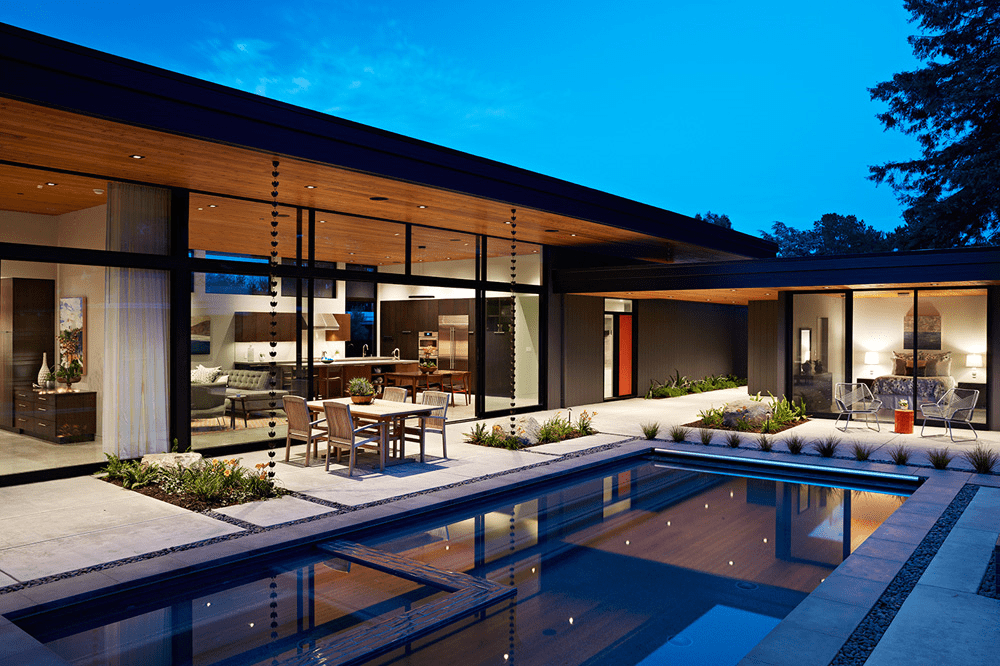By JoAnn Locktov
The former Church of San Lorenzo in Venice – it was deconsecrated more than a century ago – sits abandoned on the eastern edge of its namesake campo. Large fissures run through its brick walls like swollen arteries. The floor is a patchwork of broken tile and gaping holes open to the catacombs below. Mounds of dirt are piled unceremoniously on 9th century mosaics. Decorative ironwork lies stacked in a jumble, its gold patina blackened, too heavy to lift. In the choir, where hidden nuns once sang, is a box of unidentified human bones. The romantic in us would like to believe they are the bones of Marco Polo, but apparently those lie elsewhere. The air would be musty if the interior were not so cavernous. It produces its own frigid microclimate.
It is a troubled building. The 9th century wooden structure was destroyed by fire in 1106, rebuilt, bombed and repaired. Its artworks were stolen, deconsecrated and abandoned. For most of the last century it was closed, its restoration proceeding in fits and starts, while its unfinished exterior seemed permanently clad in scaffolding. Enter Mexico, Biennale participant since 2003, with an unusual conviction. It made economic sense for the nation’s continued Art and Architecture Biennale participation to invest in a permanent structure for their exhibits. The Commune of Venice offered them the former Church of San Lorenzo, the magnificent white elephant of Venice.
Undaunted by the magnitude of unfinished and perpetual restoration, the Biennale commissioner for Mexico, Gastón Ramírez Feltrín, was energized by the challenge.
Born in Tepic, Mexico, Feltrín is an artist who has lived for the last twelve years in Venice. Adept at brokering the varied interests and priorities of his native country with the Biennale bureaucracy and the Commune of Venice, he describes himself as being a cultural interface. In that capacity he has enabled not only dialogue, but the restoration and preservation of an important and neglected structure in Venice.
Feltrín himself is something of a renegade. His first participation as a Biennale artist in 2003 was not authorized. Gathering discarded materials, he built a pop-up structure that he christened “Favela Pavilion” in homage to the shantytowns and temporary structures of third world countries. But he is also a seasoned diplomat with a vision.
“In symbolic terms,” he insists, “there is no way to criticize this project from any perspective. No one loses, everyone wins.”
Mexico’s EUR 1.1 million investment includes a complete analysis of structural integrity with an ongoing surveillance system for identifying new damage. Two nets will be installed, a metal net suspended in the twenty-two foot gap between roof and ceiling and a second, clear nylon net below the ceiling to protect visitors from falling debris. Mexico will have use of the building for their Art and Architecture Pavilion for nine years after completion of the initial phase of restoration.
Mexico’s 2012 Biennale exhibit was called “Culture Under Construction.” It was presented in front of the church. Curated by Miquel Adrià, it showcased thirteen Mexican projects that explored the intervention of pre-existing historic and vernacular buildings for the purpose of turning them into cultural venues. The challenge was to repurpose spaces to support both community and heritage. Each of the projects mirrored in concept the San Lorenzo restoration.
San Lorenzo will not be restored to its original Renaissance splendor. It will instead be a perennial reminder that the evidence of decay should be integrated into our culture to teach and inspire us.
For more information,go to http://www.mexicobienaldevenecia.org/
[slideshow id=812]


